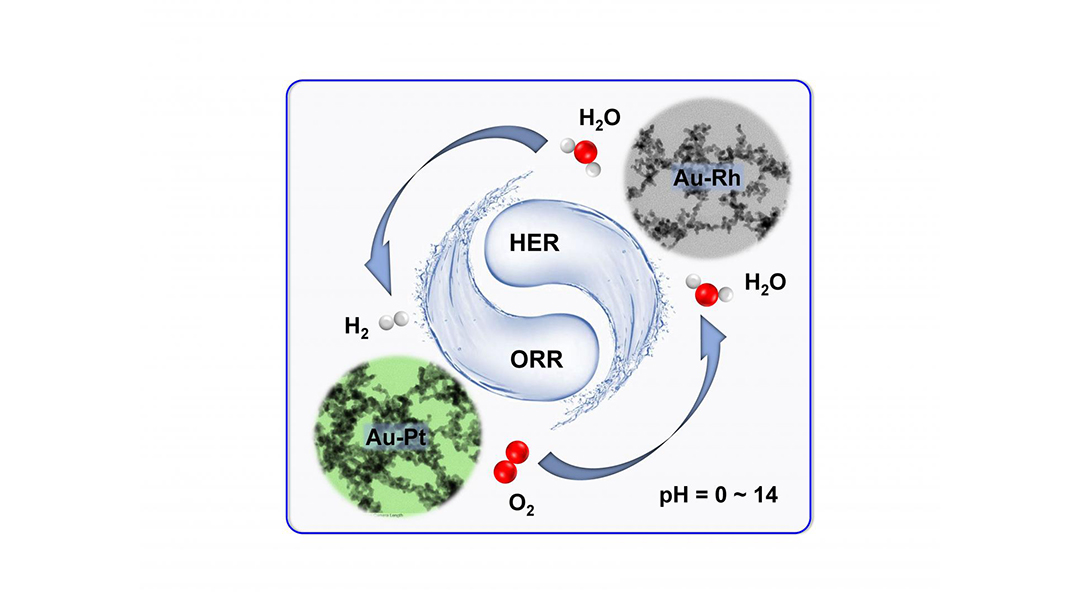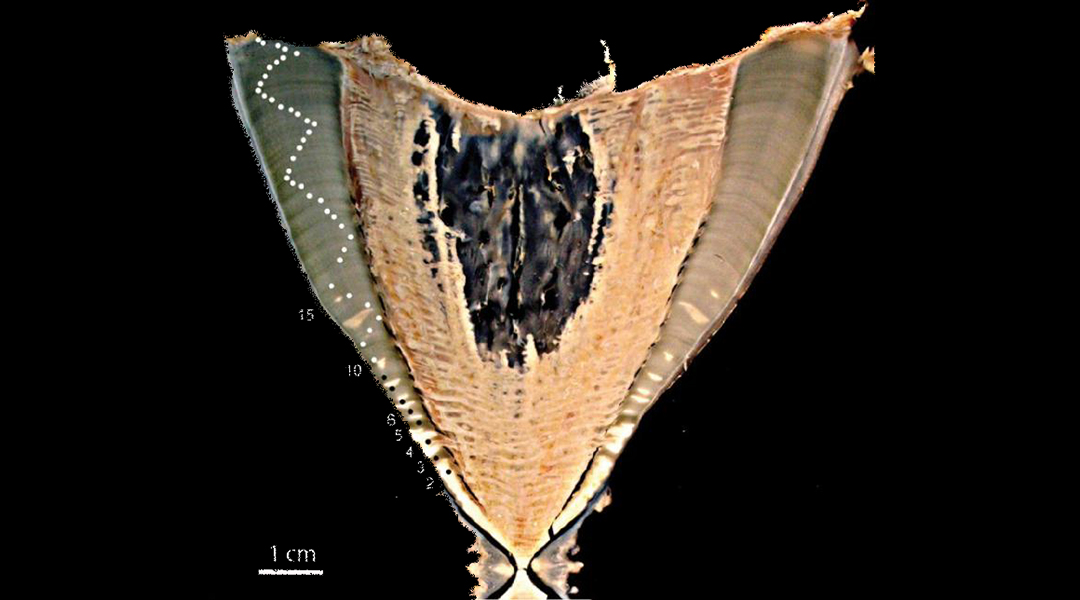How small particles, such as colloids, move through the soil is important to understand as many pose a significant threat to public and environmental health.


How small particles, such as colloids, move through the soil is important to understand as many pose a significant threat to public and environmental health.

Desalinating water to meet the world’s growing water demands may be feasible using solar energy.

Scientists have developed a method for precise, fast, and high-quality laser processing of halide perovskites, promising light-emitting materials for solar energy, optical electronics, and metamaterials.

This year, April 22, 2020 marks the 50th anniversary of Earth Day, a grassroots idea from the 1970s that became a global movement.

A Korean research team has succeeded in developing next-generation high-capacity cathode material for lithium-ion batteries using DNA from salmon and carbon nanotubes.

A new salting-agent facilitates the synthesis of new nobel metal aerogels for enhanced electrocatalysts.

An increasing number of streams and rivers that formerly flowed all year are beginning to experience dry periods due to changing climate and water withdrawals for human use.

Demand for chillers to cool spaces like airports and shopping malls is expected to grow dramatically over the next three decades.

University of Groningen scientists have now “watched” how thin films of tin-based perovskite crystals grow to create more efficient and stable tin-based perovskite solar panels.

The radioactive legacy of the arms race solves a mystery about the world’s largest fish.